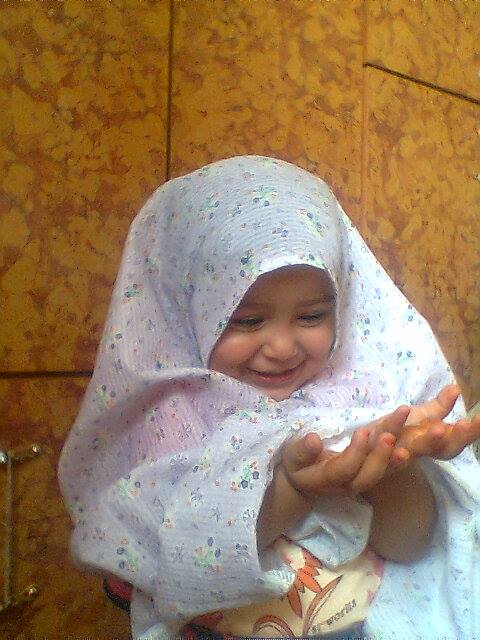Incident Code
Incident Code
Incident Date
Location
Geolocation
Geolocation
Airwars Assessment
(Previous Incident Code: LN031)
Between 34 and 85 civilians were allegedly killed in NATO airstrikes on the Majer area of Zliten. The event marks the biggest reported loss of civilian life from NATO strikes during the first Libyan Civil War.
An Amnesty International field investigation found: “On the evening of 8 August 2011 two houses were struck in Majer (near Zlitan, west of Misratah). Munitions remnants found at the site contain the marking: ‘for MK82 bomb’, an air-delivered munition which, according to Amnesty International’s information, was used by participating forces in Operation Unified Protector in numerous other strikes. According to members of the family who survived the attack, 34 civilians, including eight children and eight women, were killed and several were injured in three separate attacks.”
A BBC story confirms the times given by Amnesty International: “For Libya’s government, what happened south of Zlitan in the village of Majar is proof that Nato, contrary to its mandate, is not protecting civilians. Officials believe the alliance is engaged in regime change, at whatever cost. Almost 48 hours after the first strike hit the cluster of buildings in the countryside to the south of Zlitan, Nato said it had completed its assessment of what happened. It confirmed it had hit the area, targeting four buildings and nine vehicles at the site between 23.33 on Monday and 02.34 on Tuesday. The times for the strikes correspond with those given by people in the area.”
Human Rights Watch reported the same number of casualties from its own investigation saying: “Beginning around 11:30 p.m. on August 8, 2011, during Ramadan, NATO aircraft dropped bombs on four houses in Majer, a rural village about 10 kilometers south of the town of Zliten. The first bomb hit a large, two-story house owned by Ali Hamid Gafez, a 61-year-old farmer. Gafez, his relatives and neighbors told Human Rights Watch that the house was crowded at the time with people who had fled the fighting in nearby areas, such as Dafniya, Zdow, and Naima, as well as Benghazi. A report prepared by the families of the victims said the Gafez house held 82 people on the night of the attack. They said the strike killed 14 of these people and wounded 17.”
It added: “Some moments after the first strike, NATO bombs hit two houses in a nearby compound belonging to the al-Jarud family. One of the bombs killed three women and a baby girl of the family, relatives and witnesses said. Family members and neighbors came rushing to help. Between 10 and 20 minutes later, another bomb struck just outside the al-Jarud compound. This bomb killed 18 men and wounded 15 others who had come to help. […] A fourth bomb then hit a nearby house owned by Mohamed Musbah al-Jarud, which was unoccupied at the time.”
The NGO further reported that “in the course of its investigation, including the day after the attack, Human Rights Watch found no evidence of military activity at either of the compounds, such as weapons, ammunition, or communications equipment that would have suggested a military target.”
On the munitions used, it said: “During its December 2011 visit, Human Rights Watch inspected remnants of the bombs that the families said had hit their homes, including fins from a GBU-12 laser guided bomb. These bombs use a Forward Looking Infrared (FLIR), a type of high-zoom night vision with an infrared camera and a laser designator to target the bomb, which would have allowed the pilot to guide the bombs to the target. Indeed, NATO told Human Rights Watch that it used precision-guided munitions in the strike, all of which reached their target.”
The Alma’em tribes condolence pages said: “There are also a large number of the wounded and the seriously injured, some of them who lost a limb and some who lost his vision, and among the injured are children, women and men who came to help children and women.”
The Majer Zliten Massacre condolence page put the death toll at 36 and the injuries at 38, most of them women and children.
Media close to the Gaddafi regime put the death toll at 85. Quoting Dr Moussa Ibrahim, Libyan Government Spokesperson in Majer Town at the time, these included 33 children, 20 men and 32 women. The BBC said on the numbers: “Civilians were injured – and it seems killed. The government says 33 of them were children. But they showed international journalists the bodies of just two.” For Libya’s then-government, what happened south of Zlitan in the village of Majar was claimed to be proof that Nato, contrary to its mandate, was not protecting civilians. Officials said they believed the alliance was engaged in regime change, at whatever cost.
Almost 48 hours after the first strike hit the cluster of buildings in the countryside to the south of Zlitan, Nato said it had completed its assessment of what had happened. It confirmed it had hit the area, targeting four buildings and nine vehicles at the site between 23.33 on Monday and 02.34 on Tuesday. It has never publicly accepted causing civilian harm in this event.
Airwars later spoke to the father of one of the victims for a joint investigation with Foreign Policy: “‘Then everything was black, we couldn’t see anything. After the smoke subsided it was clear the second floor was destroyed,’ Juwaili told Foreign Policy.
The men rushed forward, searching through the rubble for survivors. Fifteen minutes later, another strike killed many of the rescuers.
Juwaili hunted frantically for his 2-year-old daughter, Arwa, eventually finding her lifeless under the rubble. ‘Thank God her body was not ripped apart,’ he said.”
Another relative of a victim, interviewed for an article in Responsible Statecraft, told Airwars: “‘My message to NATO is that they have to come and witness the amount of destruction they left behind,’ Mariam Jaroud, whose sister lost a leg in the attack, told Responsible Statecraft. ‘Many of the families lost dear ones, others became orphans and we are still suffering.'”
Victims
Family members (8)


Family members (4)

Individuals

Key Information
Geolocation Notes
Reports of the incident mention multiple strikes on residential compounds in the village of Majer (مــــاجر). The house of Gafuz (جافوز) at 32.374631, 14.574858, the house of Jarud (الحعرود) at 32.373767, 14.578633, and a third building of undisclosed owner ship at 32.37540, 14.57595 . The exact location of which has been published by New York Times and Human Rights Watch. The generic coordinates between these three points are 32.374252, 14.577292.

Reports of the incident mention multiple strikes on residential compounds in the village of Majer (مــــاجر). The house of Gafuz (جافوز), the house of Jarud (الحعرود), and a third building of undisclosed ownership. The exact location of which has been published by New York Times and Human Rights Watch.
Imagery: Google Earth
